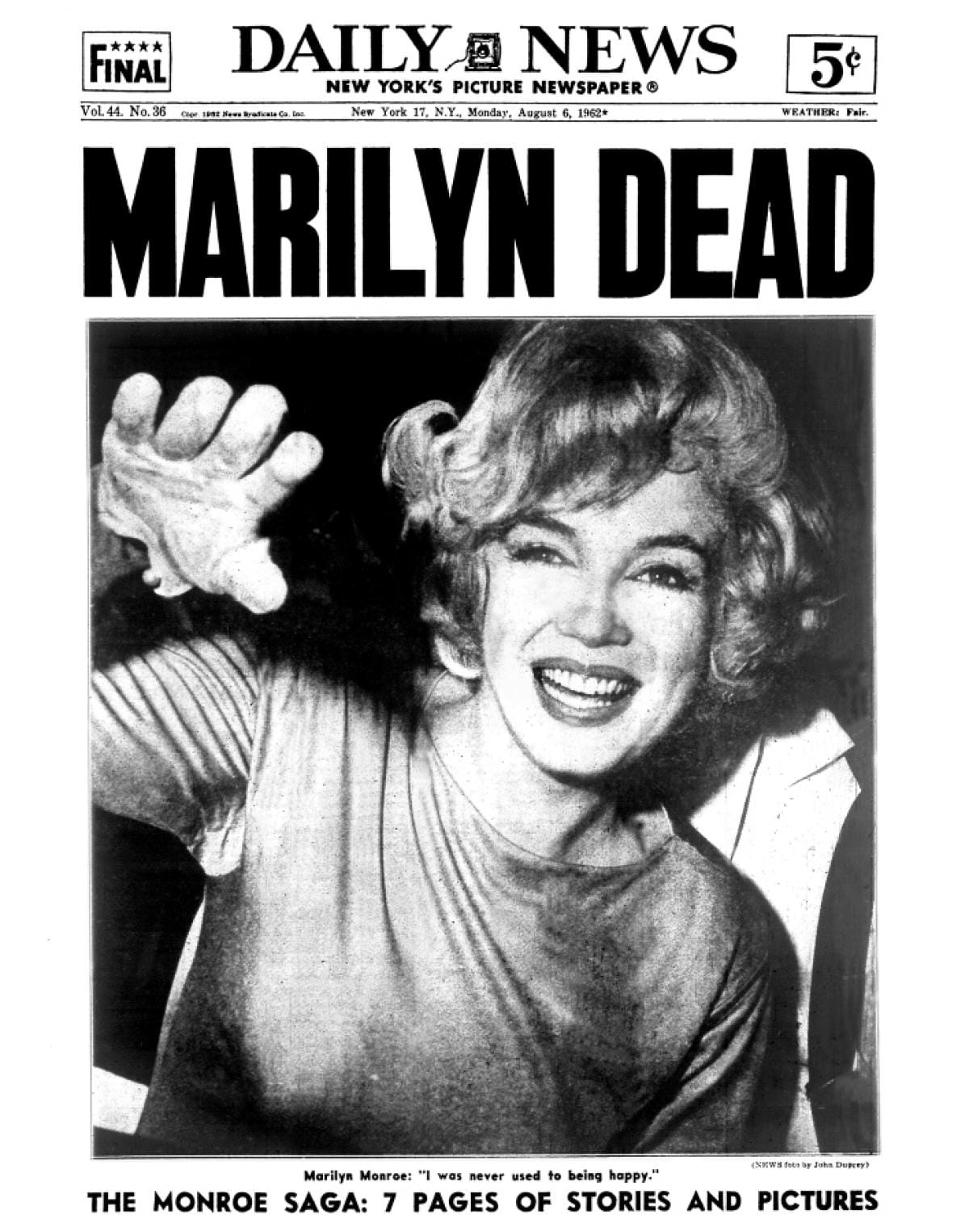The Allure of the Unavailable: Why Are We Obsessed With Marilyn’s Death?
Marilyn Monroe: an icon whose allure transcends time. Even decades after her tragic death, the public remains captivated, yearning for glimpses into her final moments. This insatiable curiosity has fueled a morbid fascination with a rumored artifact: the “dead Marilyn Monroe photo.” The very idea of this photo, one that may not even exist, sparks a firestorm of ethical questions and reveals a deeper fascination with celebrity, death, and the insatiable human desire for answers.
The absence of publicly released death photos only intensifies this intrigue. Online searches for terms like “Marilyn Monroe Death Color,” “Marilyn Monroe in Casket,” “Marilyn Monroe Autopsy,” and “Marilyn Monroe Mortuary Photos” illustrate this grim curiosity. The lack of visual confirmation allows conspiracy theories to fester, each claiming to hold the “truth” about August 5, 1962, the day the world lost an icon.
Marilyn’s Final Days: Piecing Together a Photographic Narrative
While the “death photo” remains elusive, we can piece together Marilyn’s final days through other images. Publications like W Magazine and True Crime Magazine offer glimpses into her last public appearances, candid moments with friends, and even the quiet solitude of her Brentwood home. These photos, captured by renowned photographers like George Barris and Allan Grant, provide a haunting visual narrative, hinting at her state of mind in those final weeks.
Barris, a close friend of Marilyn’s, is often credited with capturing the last professional images of the starlet. His beach photos from July 13, 1962, intended for a collaborative book project, have become inseparable from her legacy. Just six days prior, Allan Grant, on assignment for Life Magazine, documented Marilyn at her home, offering another perspective on her final days. While these images provide valuable insight, they also raise questions about the ethics of posthumous photography.
The Ethics of Posthumous Images: Respecting the Dead in the Digital Age
The debate surrounding Marilyn’s death photos extends beyond her. It ignites a larger conversation about the line between historical documentation and exploitative sensationalism. Some argue that such images offer valuable historical insights, humanizing public figures and reminding us of their mortality. Others condemn their publication as a gross violation of privacy, even in death.
The digital age, with its rapid dissemination of information and imagery, further complicates this issue. The internet and social media have made accessing and sharing sensitive content easier than ever, blurring the lines between public interest and personal respect. This ease of access compels us to confront our own motivations. Is our fascination with Marilyn’s death rooted in morbid curiosity, a desire to feel connected to her legacy, or a yearning to uncover a hidden truth?
Perhaps the “dead Marilyn Monroe photo,” real or imagined, serves as a mirror reflecting our complicated relationship with celebrity and mortality. The enduring fascination with her death, fueled by the absence of definitive answers, highlights our need to understand, to create narratives, and to find meaning even in the face of tragedy. It forces us to confront uncomfortable questions about our consumption of images, the ethics of storytelling, and the responsibility we hold to the memory of those who have passed.














